The importance of Primary Clarification and how it can impact Effluent BOD.
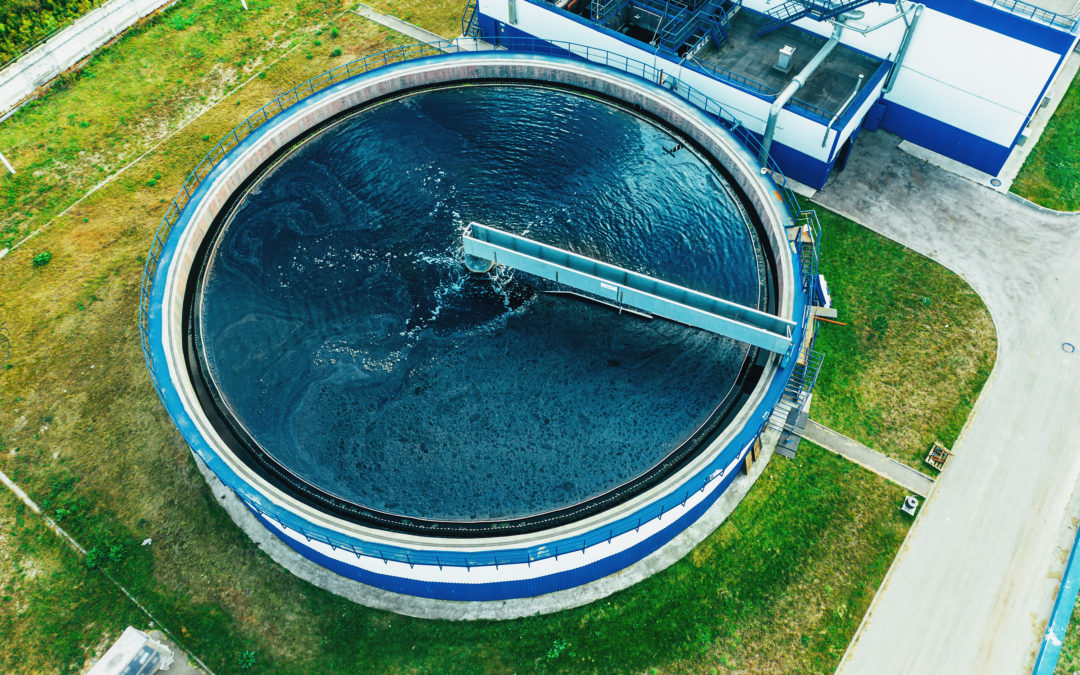

The importance of Primary Clarification and how it can impact Effluent BOD.

Testing for different categories of compounds in wastewater—such as readily biodegradable, slowly biodegradable, recalcitrant, and toxic compounds is crucial for several reasons related to environmental protection, wastewater treatment efficiency, and public health....
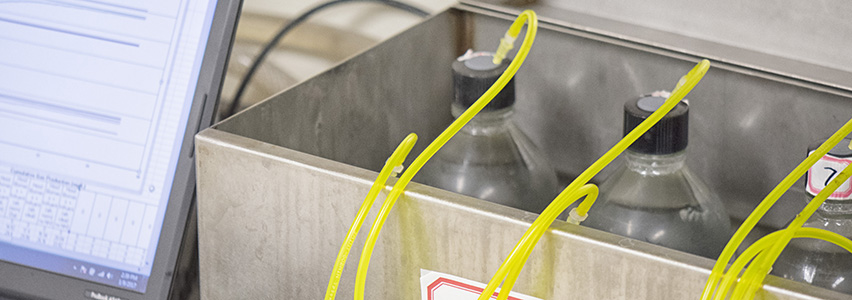
EBS often uses respirometry as a valuable tool when evaluating client wastewater treatment systems and programs. Respirometers are versatile instruments that allow us to assess the treatability of a wastewater sample by measuring the respiration rate of aerobic or...
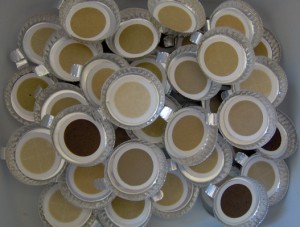
TSS testing measures the total concentration of suspended (non-soluble) solids in the aeration stabilization basin (ASB) or in effluents. The total suspended solids (TSS) data is critical in determining the operational behavior of a waste treatment system. It is...
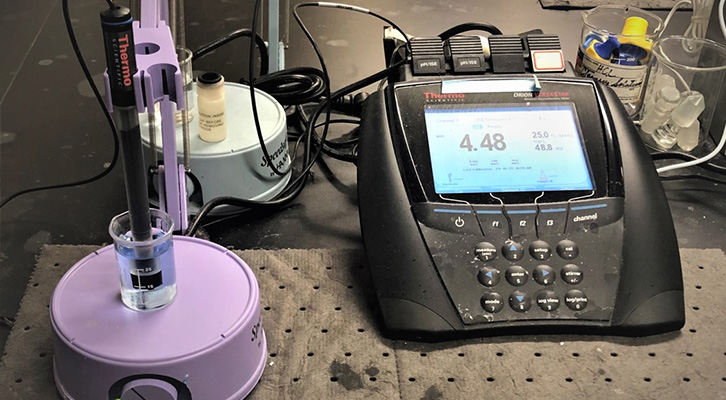
Nitrogen, as ammonia, is a critical nutrient in biological wastewater treatment. It is utilized by bacteria to make proteins, including enzymes needed to break down food or BOD as well as in making energy. In activated sludge, the two primary symptoms of nutrient...
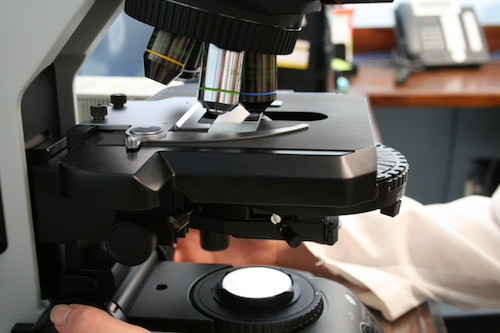
The purpose of a microscopic evaluation is to determine the biological health of a wastewater treatment system. The results can be used to help predict Biochemical Oxygen Demand (BOD), Chemical Oxygen Demand (COD), TOC, and TSS results or to determine whether or not...